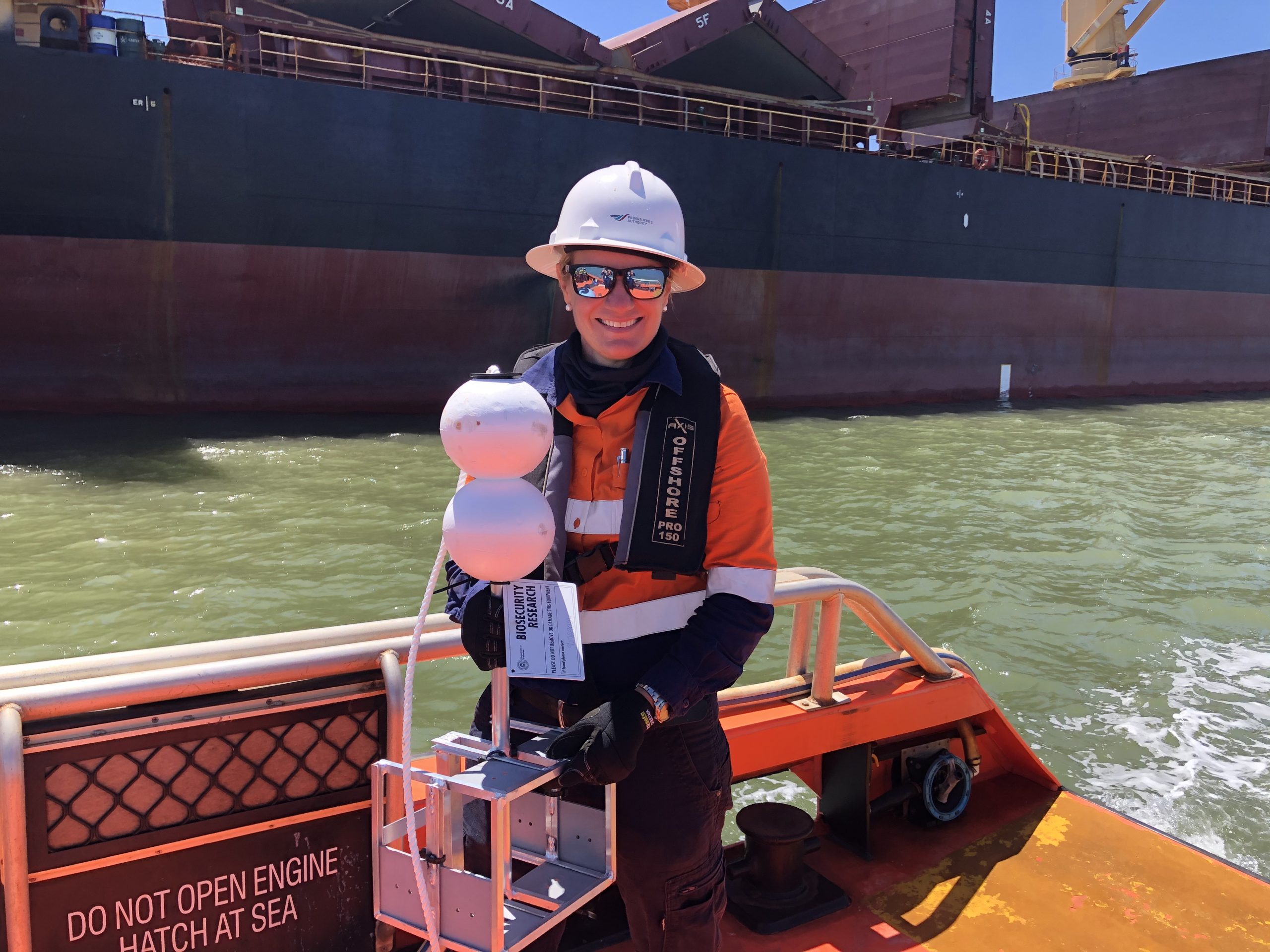PHIC members have joined the fight against introduced marine pests, partnering with Pilbara Ports Authority and the Department of Primary Industries and Regional Development in an award-winning early warning system against invasive species.
The State-Wide Array Surveillance Program is a collaborative project between the DPIRD and WA’s five port authorities.
It began as a three-port program in 2010, with PPA, a PHIC member, funding the set up and implementation of the SWASP in Port Hedland, including the early variants of the program and more recent trials to establish the program as a nationally recognised initiative.
Left unchecked, invasive marine species could cause significant damage to native species, fishing grounds and aquaculture stocks, and increase costs of biosecurity and maintenance requirements, she said.
The SWASP program identifies the pests before they can become established.
PHIC member Roy Hill entered a partnership with PPA in 2019 to contribute towards implementation of the SWASP in the Port of Port Hedland.
Now the program in Port Hedland has the backing of PHIC and its other members, BHP, Fortescue, Consolidated Minerals, Mineral Resources, and Pilbara Minerals.
PHIC Chief Executive Officer Kirsty Danby said it was another example of industry collaborating to provide benefits for Port Hedland and the wider community.
“I congratulate PPA and DPIRD for the innovative work they have done and for Roy Hill for its support since 2019,” Kirsty said. “PHIC’s involvement broadens the participants to all our members and adds to their individual marine environment initiatives.
“It is also indicative of industry’s desire to be involved in a range of programs to provide the best outcome for Port Hedland.”
The surveillance system is a series of underwater settlement arrays. Marine growth on the arrays is collected twice a year, analysed and compared against a library of DNA of known marine pest species developed by the Aquatic Pest Biosecurity unit as well as publicly available databases.
The SWASP has been implemented at 11 port locations and by all WA port authorities, forming a network that spans more than 11,000km of coastline.
It is a world-first in the use of molecular techniques by a collaborative marine biosecurity surveillance network.
The program has been recognised for its collaboration and achievements, winning a State Golden Gecko Award for Environmental Excellence, an Australian Biosecurity award, and an Institute of Public Administration Australia award.


